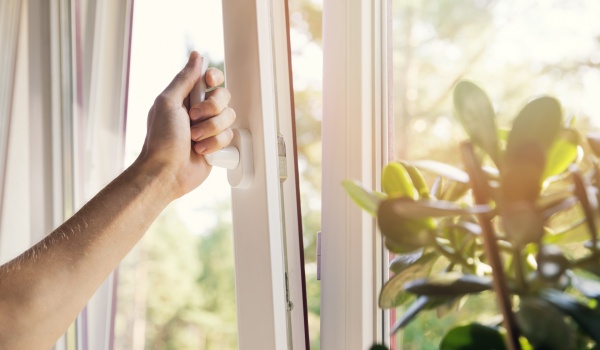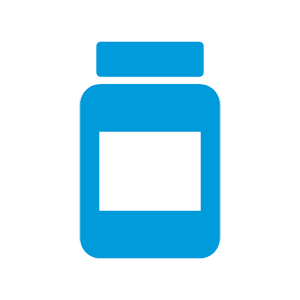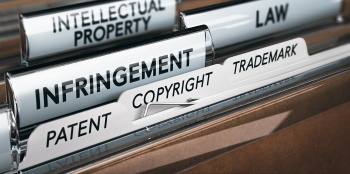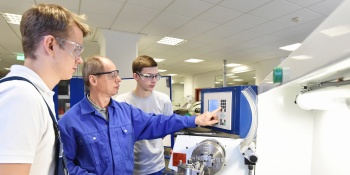
Photochromic polymers



Attractive

Conservation

Several
PROBLEM
The development of materials that help the optimization of luminosity in closed environments has been growing, however the technologies for that purpose are limited. The production of photosensitive glass is found to be difficult, such as its fusion temperature. The existing photochromic polymers present elevated concentration of elements responsible for transparency/coloration, which elevates the costs and reduces the transparency. Generally, the matrices that conducts those elements are solid or semi-solid which makes it hard to apply in irregular surfaces. Beyond of that, the process to obtain such compositions are complex and expensive.
SOLUTION
The technology consists in incorporating photochromic and electrochromic materials in commonly used polymer matrices. Such materials are incorporated in relatively low concentrations and temperatures. The matrices could be incorporated by ink and varnish or could be transformed to the solid state in different shapes.
Benefits: The materials are able in changing its color by a longer time interval. The coloration reversion speed is greater. Low photosensitive element concentration allows the transparency maintenance. Photosensitive material incorporation in liquid matrix, in low temperatures, allows the application in irregular surfaces and glass. The material blocks UV and infrared radiation. The process to obtain this technology is simplified which reduces the production costs.

Idea

Laboratory

Prototype

Scheduling

Market







